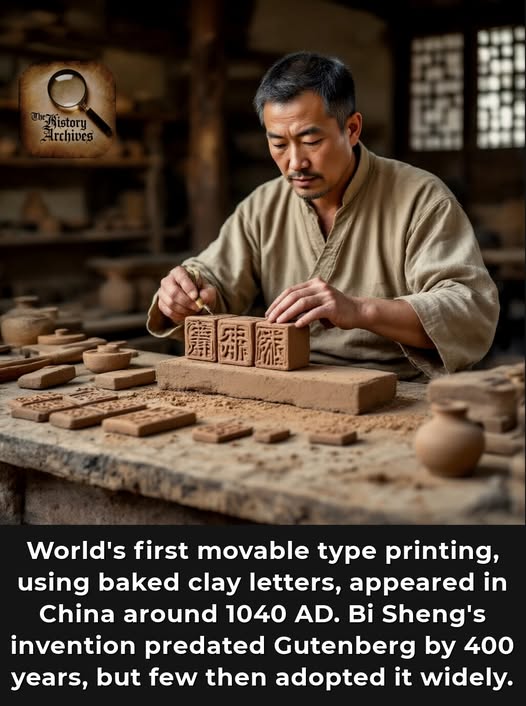



Centuries before Gutenberg, a Chinese inventor named Bi Sheng developed a groundbreaking printing method, yet his story is not widely known. Bi Sheng was an artisan and engineer living during the Song dynasty in China. Between 1039 and 1048 AD, Bi Sheng devised the world's first known movable type printing system. His innovative process involved creating individual characters out of baked clay. These could be arranged, inked, and rearranged to print texts, a significant step forward from hand-copying or full-page woodblock printing. The details of Bi Sheng's invention are known primarily through the "Dream Pool Essays," a contemporary account written by the scholar Shen Kuo. Despite this incredible advancement, Bi Sheng's clay movable type did not see widespread use in China at the time. The sheer number of Chinese characters, estimated in the thousands, made creating and organizing a full set of movable type a huge undertaking. For many purposes, traditional woodblock printing remained a practical and efficient method. It's also noted that other printing innovations occurred in East Asia. For instance, Feng Dao had ordered Confucian classics printed with movable wood blocks around 932 AD. Later, in what is now Korea, movable metal type was developed by 1234 AD, also predating Gutenberg's European press by a considerable margin. Though its immediate impact in China was limited by various practical factors, Bi Sheng's invention of movable type was a remarkable and pioneering achievement in the long and global history of printing technology.
Author: Saikat Bhattacharya